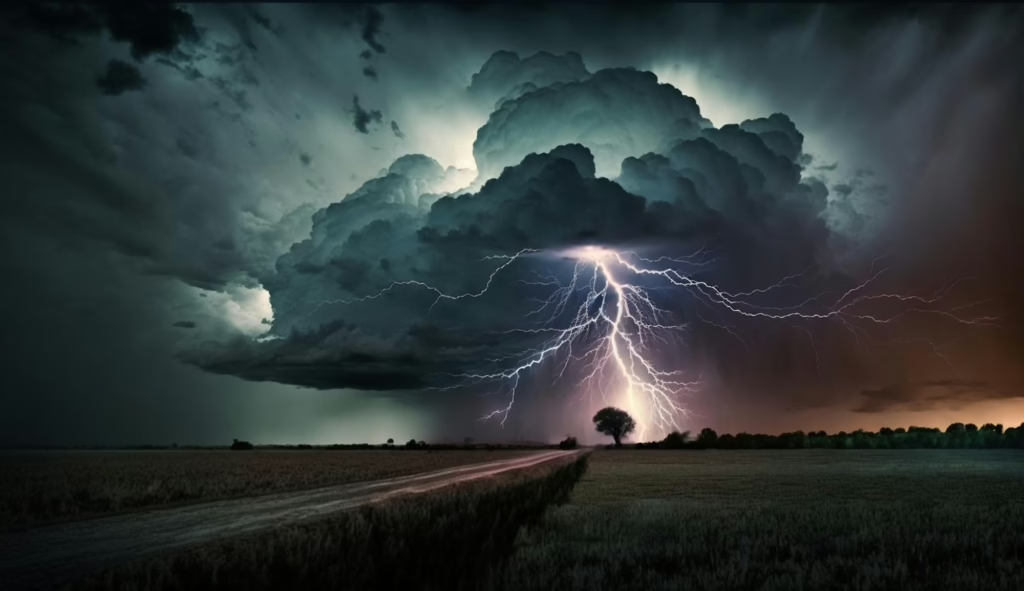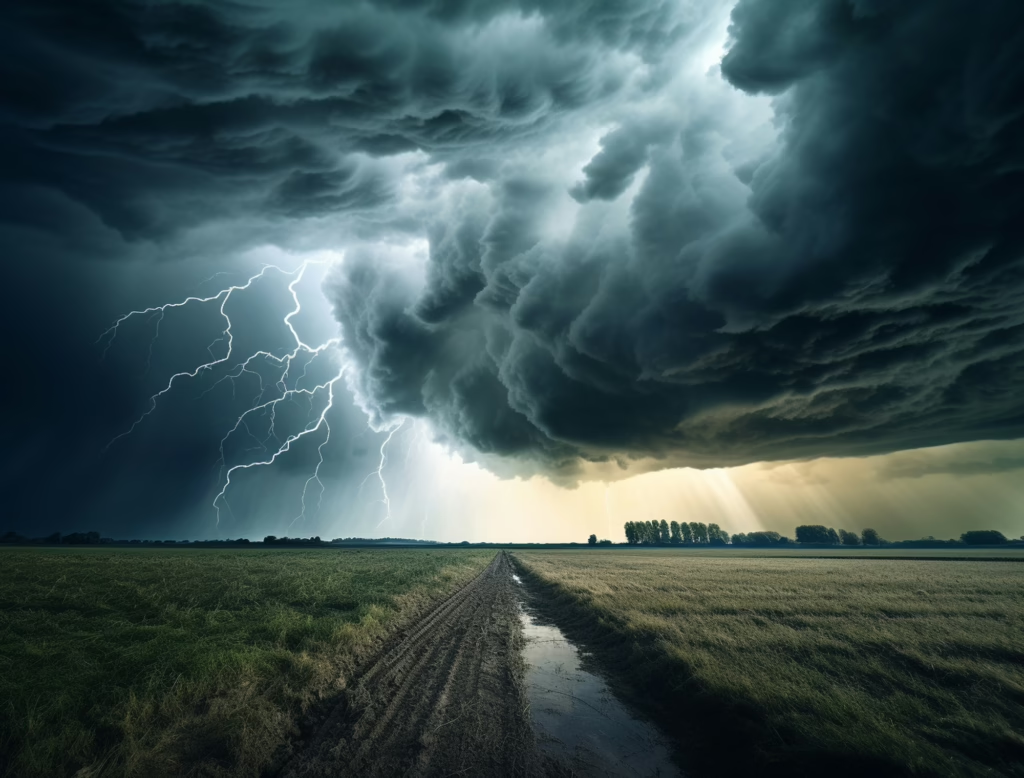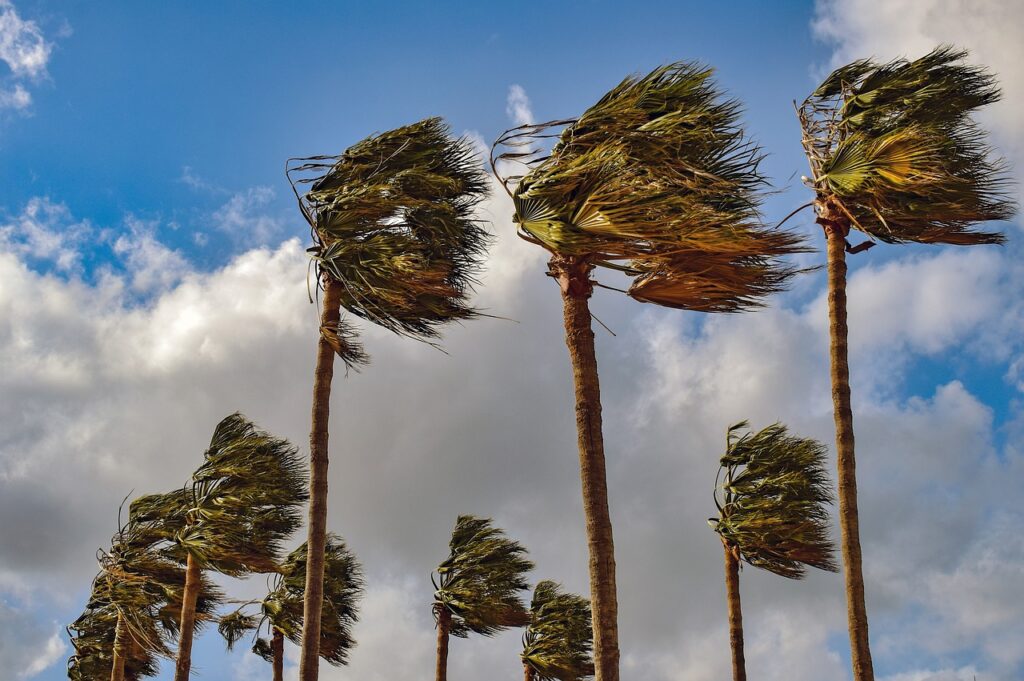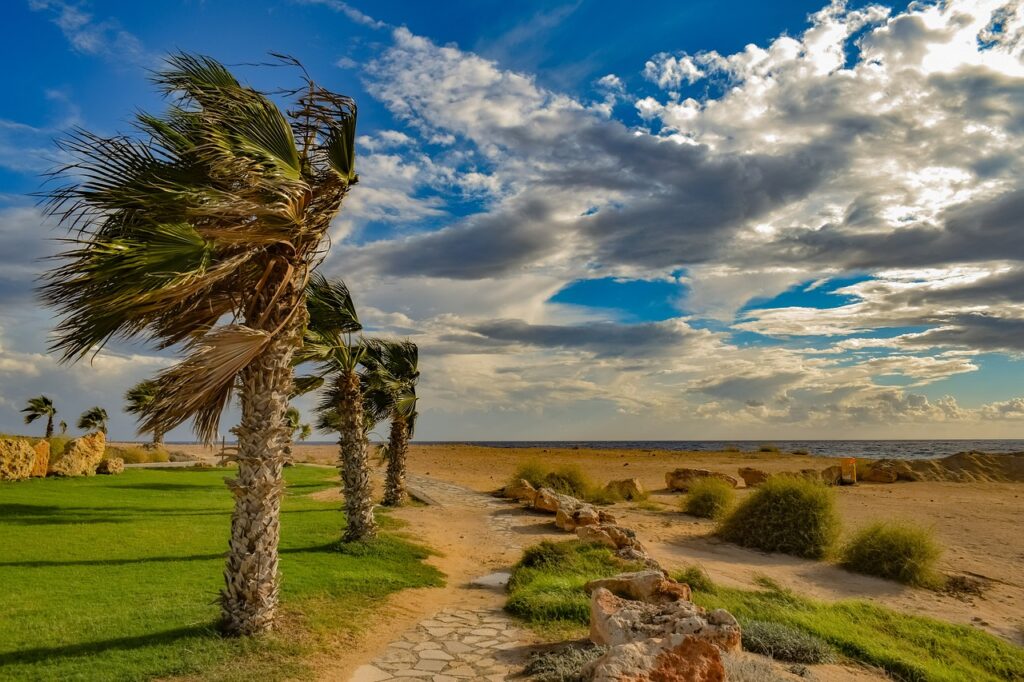
Critical Appreciation of Ode to the West Wind
“Ode to the West Wind” by Percy Bysshe Shelley is a powerful and evocative poem that celebrates the awe-inspiring force of nature and explores the transformative power of the West Wind. Written in 1819 during a tumultuous period of political and social unrest, Shelley’s ode is a reflection of his revolutionary ideals and profound yearning for change. The poem employs vivid imagery, rich symbolism, and intricate wordplay to create a captivating and thought-provoking piece of Romantic poetry.
The poem is divided into five stanzas, each consisting of fourteen lines written in terza rima, a rhyming scheme that intertwines three-line stanzas. This form, popularized by Dante’s “Divine Comedy,” adds a sense of unity and harmony to the poem, while also allowing Shelley to create a continuous flow of ideas and emotions throughout.
The speaker addresses the West Wind as a symbol of nature’s elemental force, evoking the image of a “wild Spirit” that brings about both destruction and renewal. The West Wind is personified as a powerful and relentless entity, with “azure sister of the Spring” and “black rain” contrasting its dual nature, representing the beauty and power of nature and its capacity for both creation and destruction.
Shelley’s fascination with the natural world is evident as he paints a vivid picture of the wind’s impact on the environment. The wind is depicted as driving “sweet buds like flocks to feed in air” and carrying “winged seeds” across the sky. This imagery symbolizes the wind’s ability to spread life and inspiration, mirroring the poet’s aspiration to disseminate his revolutionary ideas and art to the world.
Moreover, the imagery of the wind sweeping through the forests and waves of the sea emphasizes its all-encompassing nature. Shelley’s use of the word “pestilence” in association with the wind underscores its ability to bring about both destruction and renewal, echoing the complex and paradoxical nature of the poet’s role as a prophet of change.
The poem’s central theme revolves around the transformative power of nature and the poet’s desire to be a conduit for change. Shelley identifies himself as a “lyre” played by the wind, suggesting that his creativity is not solely his own but influenced and guided by the forces of nature. This notion aligns with the Romantic belief in the poet as a visionary figure, capable of transcending the ordinary and tapping into the sublime.
Throughout the poem, Shelley draws parallels between the wind’s effects on the natural world and the transformative potential of his poetry on society. The wind’s ability to “over the withered leaves, to quicken a new birth” mirrors the poet’s desire to awaken the masses from their intellectual slumber and inspire a sense of unity and collective action.
Furthermore, the wind is described as the “Destroyer and Preserver,” embodying the dual nature of nature’s elemental forces. This duality reflects Shelley’s belief in the potential of revolution and upheaval to bring about positive change in society. The poet sees the wind as a symbol of freedom and social progress, capable of uprooting stagnant systems and clearing the way for renewal and growth.
The West Wind is also associated with the cyclical nature of life and death, serving as a reminder of the impermanence of human existence. Shelley describes winter as a “corpse within its grave,” emphasizing the lifeless and barren aspect of this season. However, he also highlights the inevitability of spring’s arrival with the famous line, “If Winter comes, can Spring be far behind?” This connection between death and rebirth echoes the poet’s profound reflections on the transformative power of nature and the potential for growth even in the darkest of times.
Shelley’s use of nature imagery to convey his thoughts and emotions is further enriched by his skillful use of language and wordplay. The poem is filled with striking metaphors, similes, and allusions that add depth and complexity to the text. For instance, Shelley compares the wind’s “black rain” to the “thouwing angels of rain,” drawing a parallel between the natural phenomenon and the divine. This comparison serves to elevate the wind’s significance, as it becomes a divine force capable of enacting profound change in the world.
Moreover, the poet’s plea to the wind to “Drive my dead thoughts over the universe like withered leaves to quicken a new birth” reveals his desire to transcend the limitations of mortality through his poetry. Shelley seeks to leave a lasting impact on the world, akin to the wind’s ability to scatter seeds and breathe new life into the landscape.
Shelley’s use of sensory imagery is also remarkable, allowing the reader to experience the power of the West Wind on a visceral level. The poem is filled with vivid descriptions of the wind’s effects on the environment, from the “yellow, and black, and pale, and hectic red” leaves to the “azure sister of the Spring” and the “blue Mediterranean.” These vivid images not only bring the natural world to life but also evoke a range of emotions, from awe and wonder to fear and melancholy.
In the poem’s concluding stanza, Shelley draws a powerful analogy between the wind and his own poetic vision. He envisions the wind as a “trumpet,” heralding the “awakening of the nations” and inspiring a sense of unity and collective action. This imagery reflects Shelley’s revolutionary ideals, as he perceives the wind as a symbol of freedom and social progress.
Furthermore, Shelley’s reference to “ocean’s azure” and “deserts of vast eternity” evokes a sense of boundless possibility and unlimited potential. He envisions his poetry as transcending time and space, reaching far beyond the confines of his own era to inspire future generations.
The concluding lines of the poem, “If Winter comes, can Spring be far behind?” encapsulate Shelley’s enduring optimism and faith in the regenerative power of nature. The cyclical nature of the seasons becomes a metaphor for the cycles of human history, wherein periods of darkness and turmoil are followed by moments of rebirth and enlightenment.
In conclusion, “Ode to the West Wind” is a masterful and captivating ode that celebrates the power of nature and the transformative potential of the poet’s art. Shelley’s use of vivid imagery, rich symbolism, and intricate wordplay create a profound and thought-provoking piece of Romantic poetry. The poem’s exploration of the cyclical nature of life and the interplay between destruction and renewal reflects the poet’s revolutionary ideals and profound reflections on the role of the poet as a visionary figure. “Ode to the West Wind” stands as a testament to Shelley’s awe of nature’s beauty and his enduring belief in the power of poetic expression to evoke change and liberation.
*****
Read More:
More Questions and Answers from Ode to the West Wind by PB Shelley





